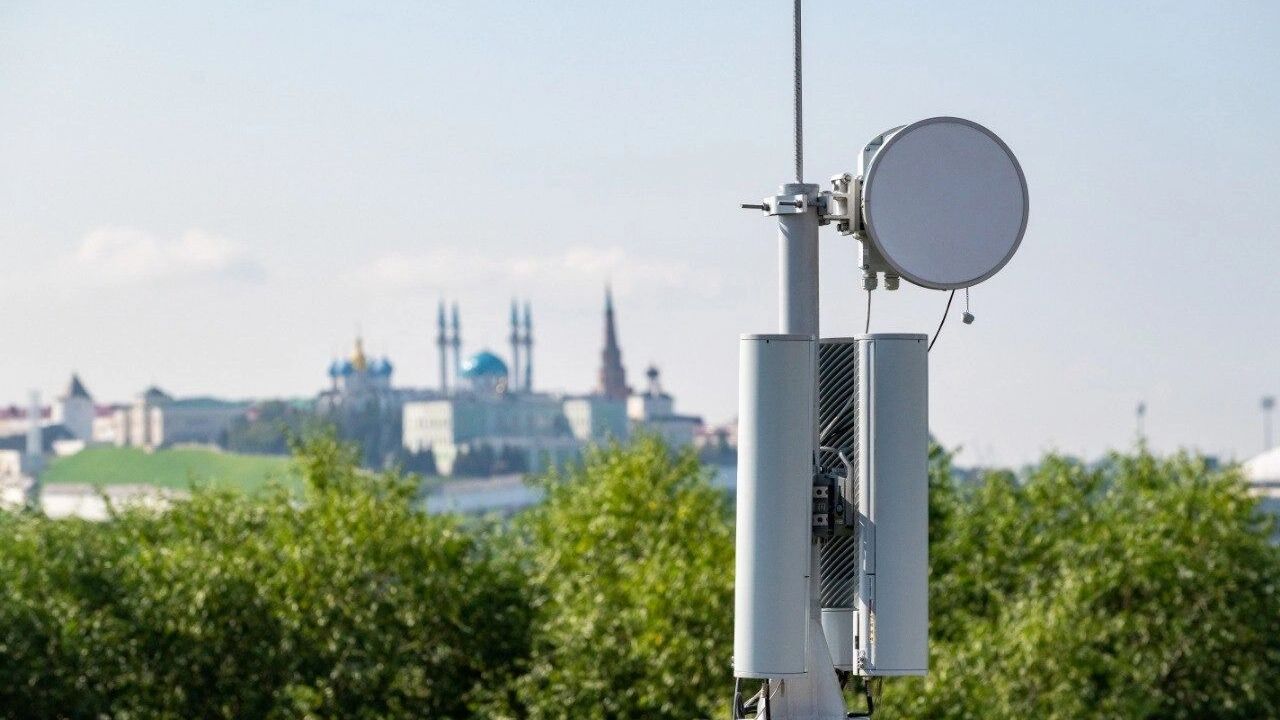In June, “Letai” upgraded 10 base stations in 8 settlements of Tatarstan, including areas near educational and socio-cultural institutions.
In Nizhnekamsk, priority was given to areas adjacent to the Ice Palace, as well as the Petrochemical and Welding-Mounting Colleges. Mobile internet speeds here have more than doubled.
Network quality has also improved in other cities of the republic. In Yelabuga, a site covering LTE in the 6th and 11th microdistricts was upgraded—residents can now upload photos and exchange messages one and a half times faster. In Chistopol, as well as in villages of the Verkhneuslonsky, Tyulyachinsky, and Sabinsky districts, coverage was expanded and voice call stability was enhanced.
Ahead of the national holiday Sabantuy, preparations were made for increased traffic. Mobile base stations were installed at key festival grounds in Tatarstan, and existing sites in Buinsk, Kazan, Muslyumovo, and Naberezhnye Chelny were upgraded. According to the operator, network capacity was increased across 66 sectors during the holiday, with traffic volume exceeding usual levels by 2.5–4 times.
Ice Palace
The **Ice Palace** is a stunning architectural marvel typically constructed entirely from ice and snow, often featured in winter festivals or as temporary art installations. One of the most famous examples was built in St. Petersburg, Russia, in 1740 for Empress Anna Ivanovna, using massive ice blocks to create a grand palace complete with furnishings. Today, modern versions, like those at the Harbin Ice Festival in China or the Ice Hotel in Sweden, showcase intricate ice sculptures and attract visitors worldwide.
Petrochemical College
The Petrochemical College is an educational institution specializing in petroleum and chemical engineering, often established to support the growing energy and petrochemical industries. Its history typically dates back to the mid-20th century, when demand for skilled professionals in oil refining and chemical production surged. Many such colleges were founded in regions with strong industrial ties, offering technical training and research opportunities in petrochemical sciences.
Welding-Mounting College
The Welding-Mounting College is a specialized vocational institution focused on training students in welding and metalwork techniques. While specific historical details are limited, such colleges typically emerged in the 20th century to meet industrial demands for skilled tradespeople. They play a key role in preparing workers for construction, manufacturing, and engineering sectors.
6th microdistrict
The **6th microdistrict** is a residential area typical of Soviet urban planning, found in many cities across former Soviet republics. Built primarily in the mid-to-late 20th century, these neighborhoods feature uniform apartment blocks designed for efficiency and communal living. Today, they remain important residential zones, though some have undergone modernization to improve infrastructure and living conditions.
11th microdistrict
The **11th Microdistrict** is a residential area typical of Soviet urban planning, found in many post-Soviet cities. Built during the mid-to-late 20th century, these microdistricts were designed as self-contained neighborhoods with standardized apartment blocks, schools, and amenities to accommodate rapid urbanization. Today, they remain important residential zones, though some face challenges related to aging infrastructure.
Sabantuy
Sabantuy is a traditional Tatar and Bashkir summer festival celebrating the end of spring sowing, with roots dating back to ancient Turkic agrarian rituals. The event features lively competitions like horse racing, wrestling, and sack racing, alongside music, dance, and feasting. Recognized as a UNESCO Intangible Cultural Heritage, Sabantuy symbolizes community unity and cultural pride among Turkic peoples in Russia and beyond.
Buinsk
Buinsk is a historic town in the Republic of Tatarstan, Russia, founded in the 18th century as a fortress to protect the region’s southeastern borders. It played a role in the Pugachev Rebellion (1773–1775) and later developed into an agricultural and trade center. Today, Buinsk preserves its cultural heritage with historical landmarks and a mix of Tatar and Russian influences.
Kazan
Kazan is the capital of Tatarstan, Russia, and a historic city where European and Asian cultures blend. Known for its iconic **Kazan Kremlin**, a UNESCO World Heritage Site, the city was founded in the 11th century by the Volga Bulgars and later became a major center of the Kazan Khanate before being conquered by Ivan the Terrible in 1552. Today, it is a vibrant cultural hub, famous for its mix of Orthodox Christian and Islamic architecture, including the **Qolşärif Mosque** and the **Annunciation Cathedral**.




